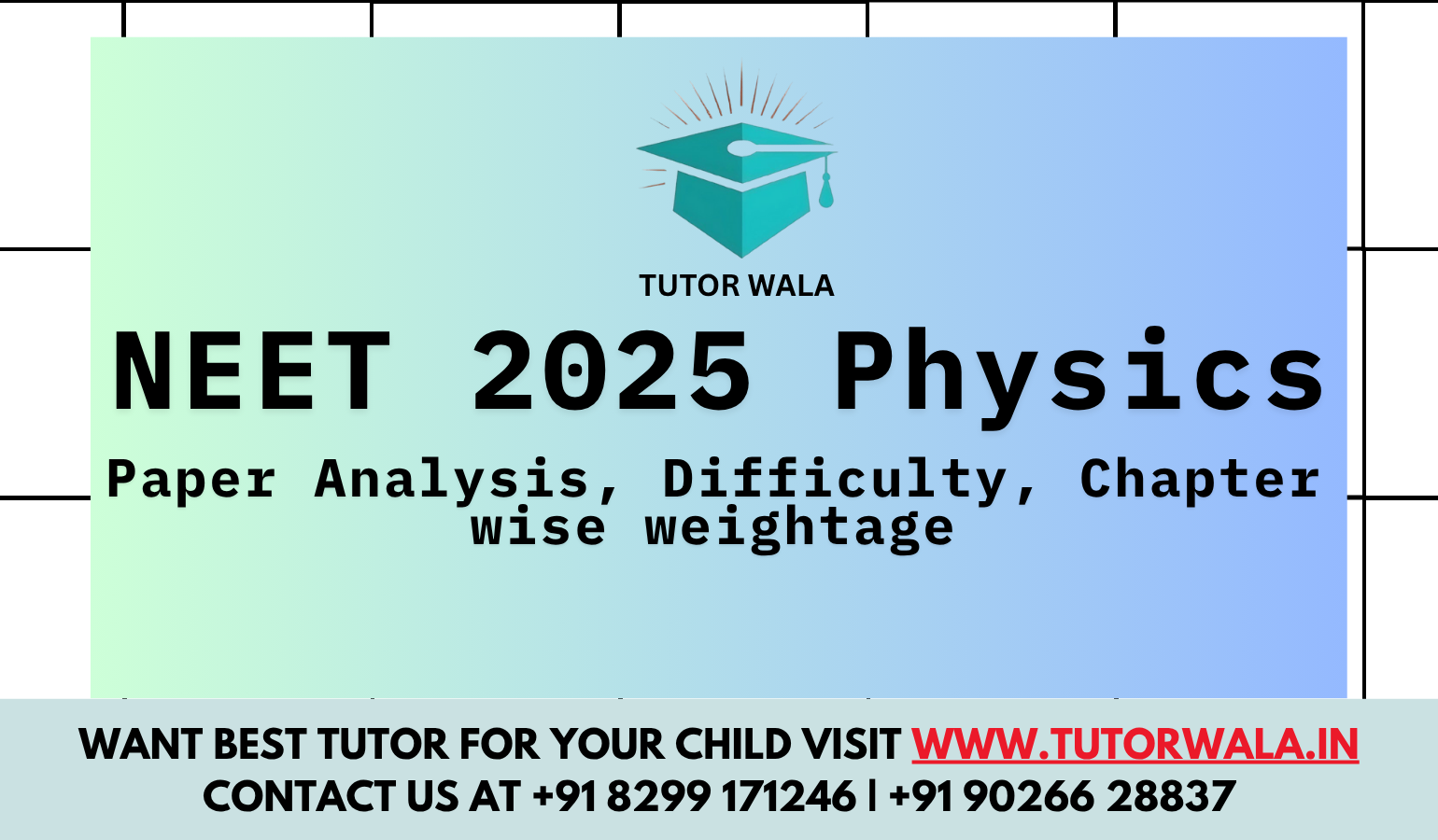


29 views
4 Mins read
1 week, 2 days
The NEET 2025 exam has wrapped up, and while the adrenaline settles for this year's aspirants, it's time for future medical hopefuls to turn their attention to the Physics section. Often seen as the most challenging part of the NEET paper, understanding its structure and demands is absolutely crucial. This analysis will break down what the NEET 2025 Physics paper likely held, offering insights for your strategic preparation.
The NEET 2025 Physics section, comprising 45 compulsory questions, followed the established pattern: a robust mix of theory and numerical problems. Expect to see questions spanning core areas like Mechanics, Electromagnetism, Thermodynamics, Optics, and Modern Physics. The emphasis was squarely on conceptual understanding coupled with the ability to perform quick calculations and apply formulas accurately.
Based on early assessments and typical NEET trends, the Physics paper generally hovered around a moderate difficulty level. This means a significant portion of questions were approachable, requiring direct application of fundamental concepts. However, a notable segment of the paper would have tested deeper comprehension and problem-solving prowess, distinguishing top performers.
Here's an expected breakdown of the difficulty:
| Subject | Easy | Medium | Hard | Total Questions |
| Physics | 10 | 19 | 16 | 45 |
This distribution suggests that while basic concepts were well-represented, a good number of questions demanded a solid grasp of physics principles and analytical skills.
The NEET 2025 Physics paper is expected to have maintained a balanced representation from both Class 11 and Class 12 syllabi, though Class 12 topics often hold a slight edge in terms of question count.
| Subject | Class 11 Questions | Class 12 Questions | Class 11 % | Class 12 % |
| Physics | 22 | 23 | 48.9% | 51.1% |
This close split highlights the importance of thorough preparation across both academic years. No single year can be overlooked.
Consistent with NTA guidelines, the NEET 2025 Physics section exclusively featured Single Choice Multiple Choice Questions (MCQs). There were no assertion-reason, statement-based, or match-the-column questions. Each question had four options, with only one correct answer, awarding +4 for correct and -1 for incorrect responses. This format emphasizes strong conceptual clarity and efficient problem-solving.
Analyzing previous trends, certain chapters consistently emerge as high-priority. For NEET 2025, expect a strong presence from:
Here’s a snapshot of the expected question distribution from key chapters:
| Class | Chapter Name | No. of Questions |
| 11th | Units and Measurements | 3 |
| 11th | Rotational Motion | 3 |
| 11th | Motion in a Straight Line | 2 |
| 11th | Oscillations | 2 |
| 11th | Thermodynamics | 2 |
| 11th | Gravitation | 2 |
| 12th | Moving Charges and Magnetism | 3 |
| 12th | Current Electricity | 3 |
| 12th | Ray Optics and Optical Instruments | 2 |
| 12th | Semiconductor Electronics | 2 |
| 12th | Electromagnetic Waves | 2 |
| 12th | Electrostatic Potential and Capacitance | 2 |
| 12th | Wave Optics | 2 |
| 12th | Atoms | 2 |
| 12th | Dual Nature of Radiation and Matter | 2 |
| Other chapters contribute 1 question each |
This breakdown clearly highlights areas where concentrated effort can yield significant returns.
The NEET 2025 Physics paper analysis provides a clear roadmap for future aspirants. To excel in this section:
The NEET 2025 Physics question paper is now available. Utilizing it to understand the actual pattern, question types, and difficulty level is an invaluable step in refining your preparation strategy for NEET 2026 and beyond.
What were your thoughts on the NEET 2025 Physics paper, or what do you find most challenging about preparing for this section? Share your insights below!
